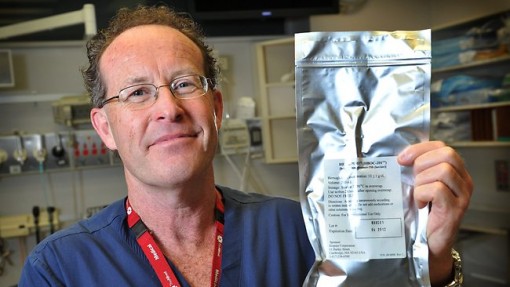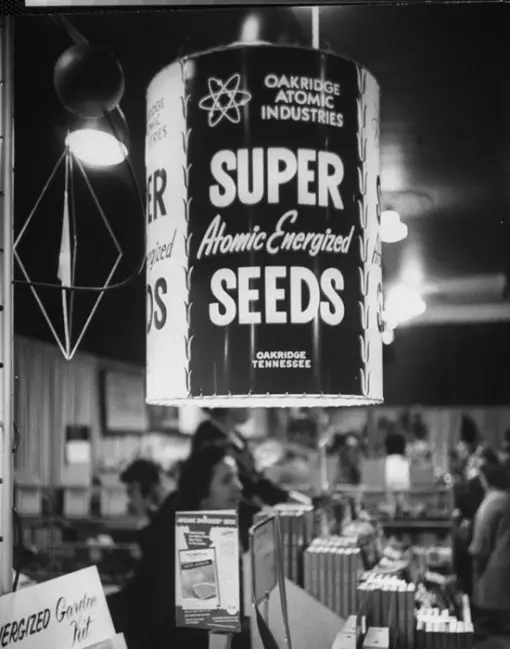
When was the last time you got stuck in traffic as thick as molasses? If you live in a city like Manila (Philippines), and you are on the road everyday, then you have probably experienced some of the most irritating, road rage-inducing traffic jams. Truth be told, many major cities in the world are known for their awful traffic flow. That’s just part of urban living. You either bear it or move to the boondocks.
But what if something good can be harnessed from heavy traffic? Something like electricity, which is always a welcome thing. Scientists from the Technion Institute of Technology in Haifa, Israel might be on to something. ((Source)) The basic idea is so simple that it is brilliant: create a road that will generate electrical power when vehicles pass over it.
The underlying science is not new, and you’ve probably encountered it before – piezo electricity. It is the same principle on which products such as self-charging touchscreen gadgets are based. This time, though, the project is on a much larger scale and arguably a more practical application.
The electricity-producing road has no name yet, but what the scientists have done is to place the piezo electric pads under a layer of tarmac – the surface which comes into contact with the tires of the vehicles. With the pressure of the vehicles and their movement as well, the pads are triggered and collect the energy that is produced. This energy is converted to electricity, which can be used to power practically anything.
The issue now is how many pads are need to supply power needs. So far, the tests show that many pads have to be placed over a span of hundreds of meters. More so, more power is generated when vehicles pass over the pads at fast speeds. That blows the idea of traffic jams being useful, doesn’t it?
While the tests show that street lamps can be powered by this set up, it is not inconceivable to generate more power in the future. Israeli scientists are continuing to study and test the setup to develop it for more applications. If this succeeds, then our dependence on fossil fuels might come to an end. A pretty, pretty thought!






